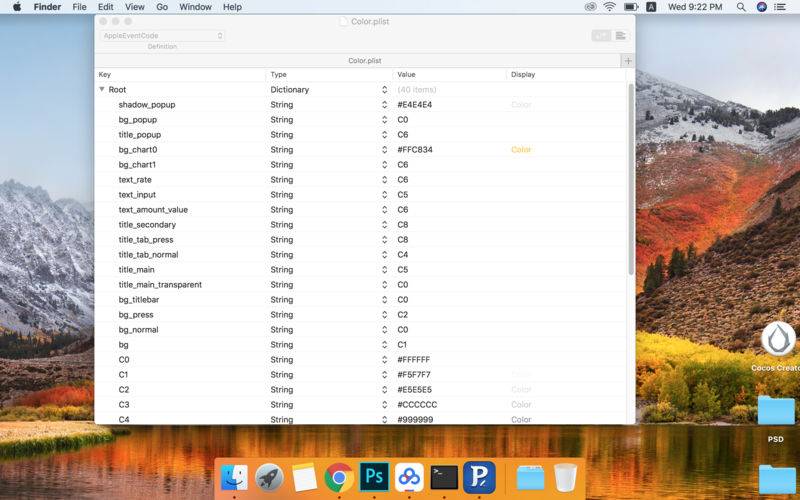

This means that in order for the deletion to actually have an effect, you have to log out and log in again or restart the Mac immediately. My reader Beatrix (developer of the software Mail Archiver X) but just wrote me that deleting does not work because the data is being held in the cache. As far as I know, they are deleted and recreated with every Safe Mode boot when you use an app for the first time and then close it again. They are saved in the Preferences> SystemConfiguration folder. Here you can see a list of plist files that are related to macOS. / Library / Preferences / SystemConfiguration /.Otherwise you can also look in the following folders and their sub-folders:

You can see this by right-clicking on an app and then selecting "Show Package Contents".

Some apps have plist files in the /Contents/ folder. There are several places where you can find plist files. With the command "plutil -help" in the terminal you get a list of options with which you can use this command. There are a few other formats that plutil offers as targets, but these can be viewed with the "plutil -help" command. plist file to readable XML: $ plutil -convert xml1 /path/to/ist Therefore, all bundled executables (plug-ins, frameworks, and apps) are expected to have an informational properties file. The system uses these keys and values to obtain information about your app and its configuration. The root XML node is a dictionary, the content of which is a series of keys and values that describe various aspects of the bundle. The file itself is usually encoded with the Unicode encoding UTF-8 and the content is structured with XML. On the Apple support page for developers you can find the following explanation (translated via DeepL):Ībout Information Property List files: A Property List File is a structured text file that contains essential configuration information for a bundled executable file. The abbreviation “plist” stands for “Property List” and describes a file type that is used under macOS to save information from apps.


 0 kommentar(er)
0 kommentar(er)
